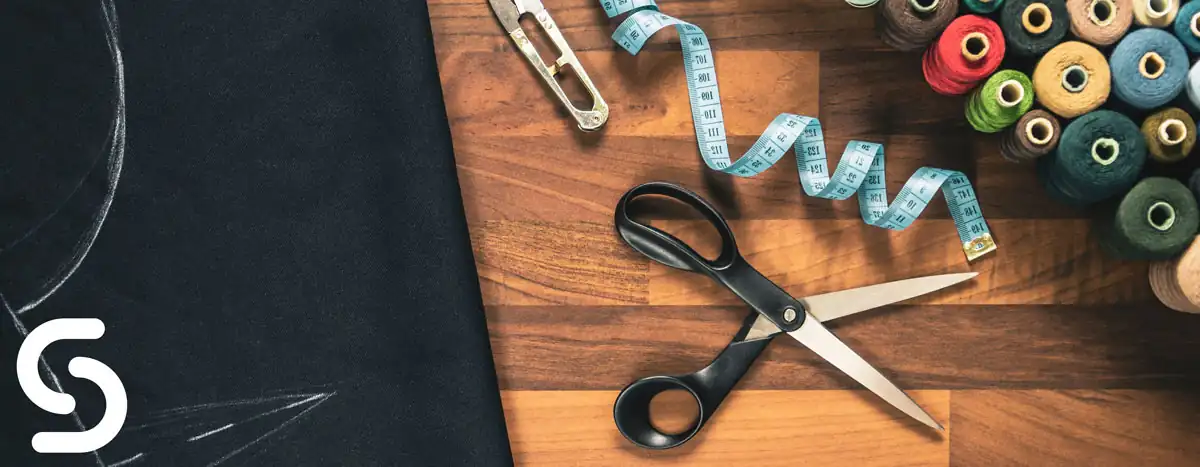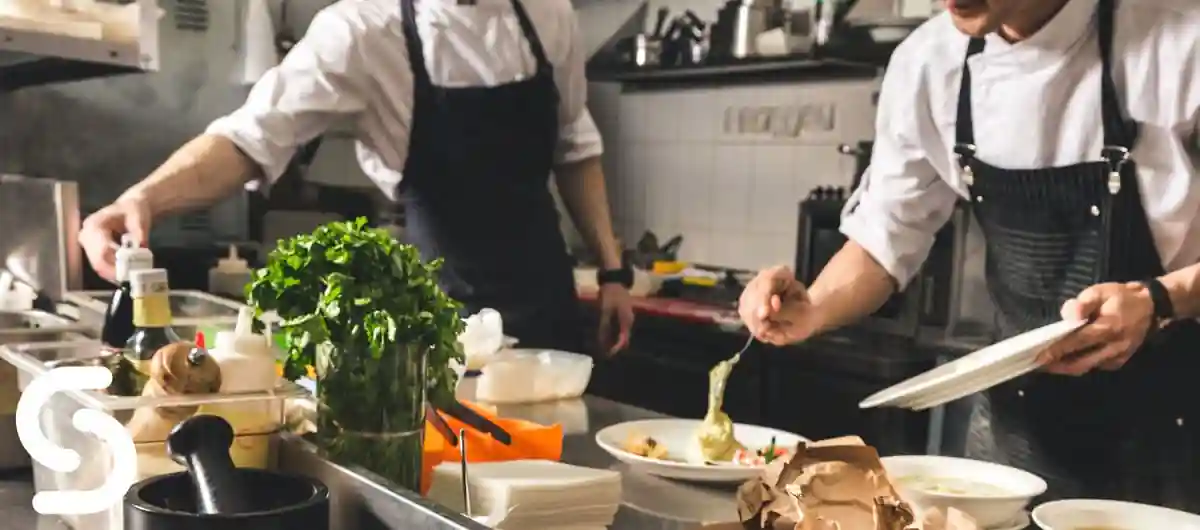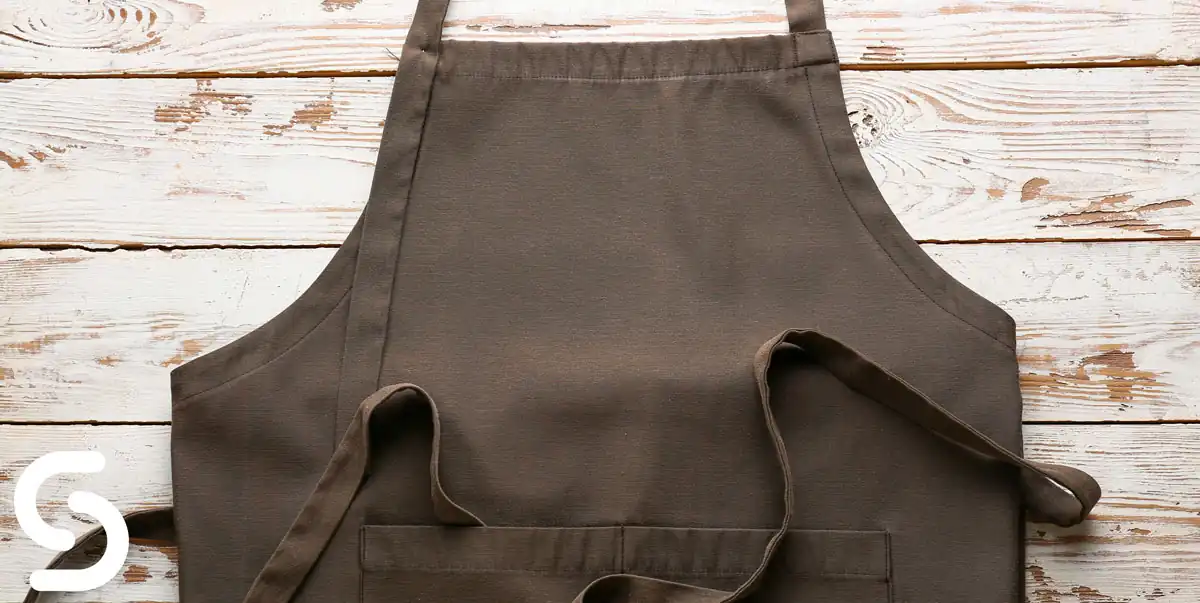Complete Safety Signs Checklist (England & Wales)
Ensuring your venue stays legally compliant. If your catering or hospitality venue is situated in England or Wales, your signage
Ensuring your venue stays legally compliant. If your catering or hospitality venue is situated in England or Wales, your signage
Available in a range of sizes, our brand new illuminated menu covers are all the rage. Our illuminated LED menu
Shop across our entire range of catering & hospitality products with up to 70% off until midnight Monday 1st December.
The leather menu cover can play a crucial role with customer’s first impressions. At Smart Hospitality Supplies, we have made
While chef aprons are a staple in kitchens worldwide, the craftsmanship and attention to detail in their production often go unnoticed. Let’s take you behind the scenes and explore the manufacturing process of chef aprons. From selecting materials to the artistry of design, let’s untangle the journey of creating high-quality aprons for culinary professionals.

The choice of fabric is crucial when it comes to crafting chef aprons. Cotton is breathable, absorbent, and easy to clean. Linen is lightweight, durable, and keeps the wearer cool. Blended fabrics like cotton-polyester combine desirable qualities to enhance strength and resist stains and wrinkles.
The manufacturing process of chef aprons involves several intricate steps, showcasing the artistry and attention to detail involved. Here’s a glimpse into the craftsmanship behind producing high-quality aprons:
Skilled designers create patterns for aprons, considering functionality, fit, and style. The design serves as a blueprint for cutting and sewing the fabric.
Using the pattern as a guide, layers of fabric are meticulously cut to precise measurements. This step requires precision to ensure uniformity and minimise fabric waste.
Experienced sewists or advanced industrial sewing machines sew the cut fabric pieces together. Careful stitching ensures the durability and longevity of the aprons.
High-quality chef aprons often feature reinforced stress points like pockets, straps, and ties. These reinforcements are added during the assembly process to enhance durability and functionality.
Once the aprons are sewn together, they are inspected. Loose threads are trimmed, and the aprons are pressed to ensure a professional appearance.
Crafting high-quality chef aprons involves stringent quality control measures. Manufacturers conduct thorough inspections to ensure that each apron meets the highest standards. Quality assurance checks may include verifying proper stitching, assessing fabric integrity, and evaluating overall construction.

To cater to the specific needs of culinary professionals, some bib aprons & waist aprons are designed with a wide selection of specialised features:
Aprons often feature adjustable neck straps and waist ties to accommodate different body types and preferences. This allows for a comfortable fit and ease of movement.
Pockets are strategically placed to provide chefs with convenient storage for tools, thermometers, pens, and other essential items. Multiple pockets of varying sizes enhance efficiency and organisation.
Cross-back aprons distribute the weight evenly across the shoulders, relieving strain and providing extra support. This design allows for greater mobility and prevents discomfort during long hours in the kitchen.

The creation of chef aprons involves a detailed process that combines functionality, comfort, and aesthetic appeal. From the selection of materials to the craftsmanship in design and assembly, every step is crucial in producing high-quality aprons. Behind each chef’s iconic apron lies the dedication and skill of artisans who ensure culinary professionals are equipped with the best tools for their craft.
Lets now look at the Guidelines to properly wear and maintain Chef Aprons



A Company Registered in England & Wales Company Registration Number: GB05069286 VAT Registration Number: GB867112521 Smart Hospitality Supplies is a trading division of The Smart Marketing & Media Group Limited
